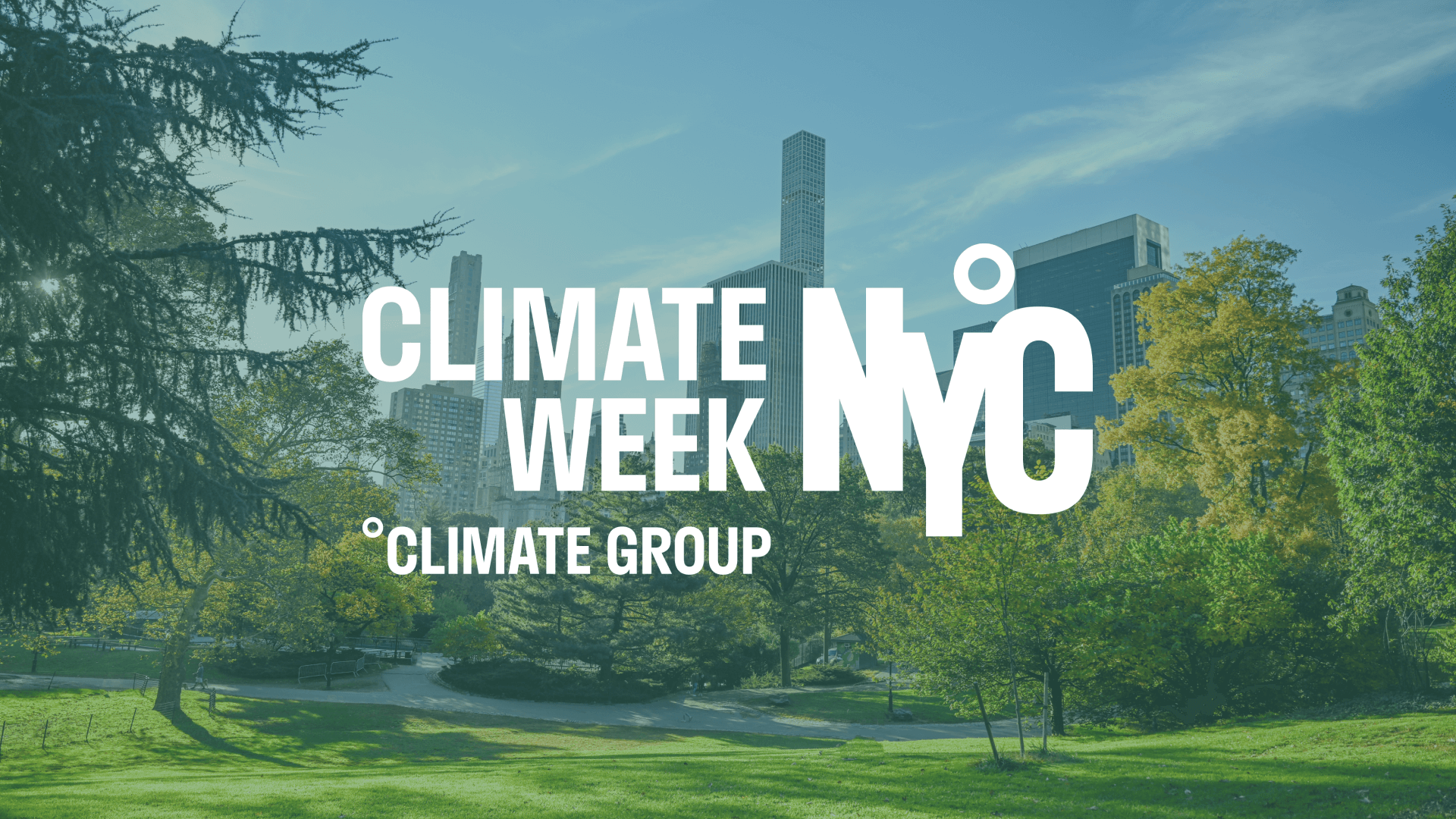Labor and community development opportunities associated with seaweed-based climate solutions in North America
Labor and community development opportunities associated with seaweed-based climate solutions in North America
Seaweed cultivation has emerged as part of a suite of methods for removing carbon dioxide from the atmosphere, as it enhances the ability of the ocean to act as a natural carbon sink. However, despite growing interest, there is a lack of research evaluating the socioeconomic implications of seaweed-based climate solutions.
To help grow this knowledge base, ClimateWorks’ Carbon Dioxide Removal program commissioned a study in which researchers simulate employment, wages, and workforce development requirements associated with macroalgae production in North America, while also tracking the potential distribution of labor effects.
The report presents findings in these areas along with social equity and community development opportunities. It also includes extensive data visuals to provide a comprehensive view of the potential impact of industry growth.
Some highlights from this report include:
Employment
- Most potential employment is within the United States, with lower potential levels in Canada and Mexico.
- Most U.S. employment is in Alaska, which has the highest potential with more than 34,000 miles of coast and relatively low production costs. There are also potential employment benefits in the Pacific Northwest and California.
- Macroalgae labor demand has the potential to far exceed the size of the existing workforce.
Wages
- Macroalgae production can support nearly $14 billion to $16 billion (in 2021 USD) in wages, with the range in wage benefits reflecting product and carbon removal supply chains.
- Most potential wage benefits are within the United States (mainly in Alaska) with lower potential benefits in Canada and Mexico.
- There is a large disparity in the wage rates across countries.
Workforce development
- Research suggests that there is minimal lead time required to grow the macroalgae workforce and most of the macroalgae workforce requires at most a high school degree.
Social equity and community development opportunities
- We find that most of the employment benefits have the potential to flow to communities that receive lower income as they are often close to the most productive geographical areas. The most notable areas of opportunity include various counties in Alaska.
- The more extensive analysis shared in the report can aid in isolating areas that are simultaneously proximate to productive, cost-effective macroalgae sites and overburdened communities.
Acknowledgment: This report was funded by ClimateWorks Foundation to build upon bioeconomic modeling research at the University of California Irvine and assess labor and community development opportunities of macroalgae cultivation and utilization in North America. The researcher, Erin Mayfield, has unique expertise at the intersection of environmental modeling and social equity to address this knowledge gap.

